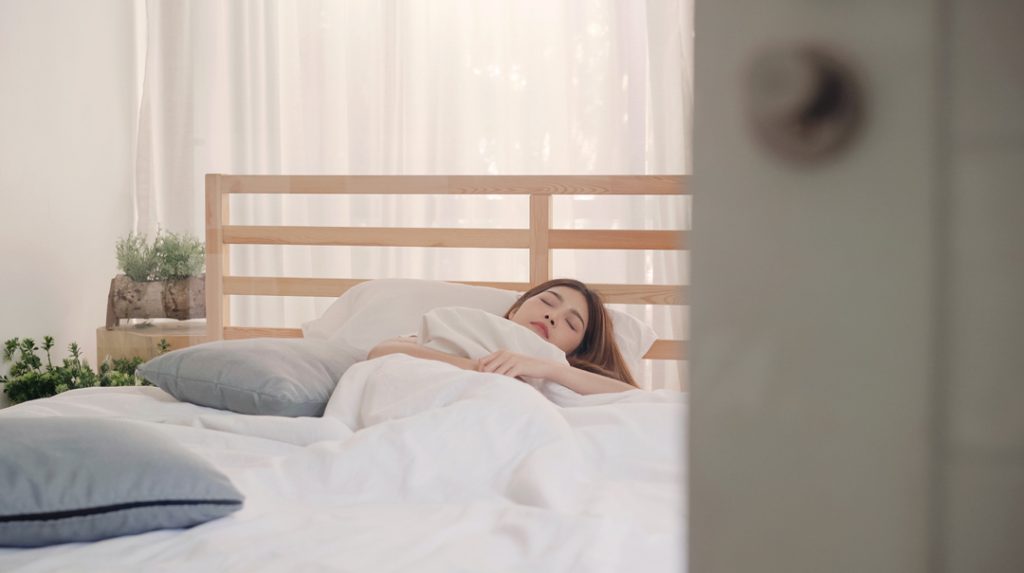
Hotels invest so many resources and so much effort in remaining competitive, including committing to sustainability and customizing guest experiences. A new trend in hospitality is sleep wellness. It is marketed as “Sleep Tourism”, “Digital Detoxing,” and other creative names.
Sleeplessness is a Health Issue
One-third of US adults report that they do not get enough sleep, according to the NIH. Globally, the number is up to 45%. It can be a serious problem, leading to diabetes, heart disease, obesity, and depression.
It’s a bigger problem than I realized, for sure. I recently read a New York Times article about medicine and circadian rhythms. Some call it “circadian medicine.” Most of the cells in our bodies have their own “clock genes”. It doesn’t matter what schedules we choose to follow, our cells have their own rhythms. We’d be well-advised to pay attention to them.
Hospitality Steps In with Solutions
Hotels are now offering guests uniquely high-quality sleep. It is branded as a wellness practice. They range from low-tech to highly sophisticated technology.
Low-tech ideas include offering herbal teas and clinically safe melatonin sleep aids, for example. In terms of food and beverage options, some are now promoted for their qualities to improve sleep. Some spa treatments are specifically designed to enhance sleep quality. Onsite yoga and mindfulness practices are available in some facilities.
Light-blocking draperies are enjoying a resurgence in popularity in terms of wellness because of their effectiveness in blocking the early morning sun when a guest doesn’t appreciate it.
Those draperies become high-tech when they are controlled remotely by an integrated GRMS based on sold/unsold status or the occupancy state, or directly by the guest on their in-room tablet.
EMS Solutions
Energy management systems offer further quality sleep solutions that are worth promoting. One is automated LED lighting levels.
LED Light Exposure
Some thermostats with flat glass and LED lighting, such as Telkonet’s Touch Combo and EcoTouch+, feature night-time auto-dimming. The LED is dimmable based on ambient light levels. Additionally, they feature sensors that detect someone approaching the screen within approximately 12-18 inches, and only then does the screen light up. Shortly after the person walks away, the screen will dim. It works in tandem with the PIR occupancy sensor.
Our engineers have given this some serious thought. They defined the night threshold so that the thermostat is not too bright in the room, but can still be seen when approached. They designed energy-saving options such as screen activation levels, LED brightness levels, proximity sensor sensitivity, night dimming threshold options, and proximity sensor sampling rate.
Their innovative use of proximity sensors increases guest comfort, provides additional energy savings, and contributes to trendy “sleep wellness” promotions.
A Consistent Comfortable Temperature All Night
A common front desk complaint is from a guest whose air conditioning or heat has drifted far from the desired set point in the middle of the night; they’ve awoken and are uncomfortable. Talk about an interruption to one’s circadian rhythm!
A reliable energy management system addresses this problem head-on. Thermostats that feature PIR occupancy sensors are correctly situated in the guest room and are calibrated to extreme sensitivity. They communicate as part of a larger network that is constantly monitoring data collected throughout the day and night and ensuring occupant comfort and a good night’s sleep.
We think this is such a value-add that hotels ought to be promoting it as part of their wellness campaigns, ahead of the pillow concierge, herbal tea, and forest bathing!
As circadian medicine advances, the importance of a well-regulated sleep rhythm will help drive our overall health. We are proud to be part of the solution, personalizing occupant comfort and orchestrating a comfortable environment for hotel guests worldwide.
Talk to us today about adding a GRMS and an energy management system to your property.




